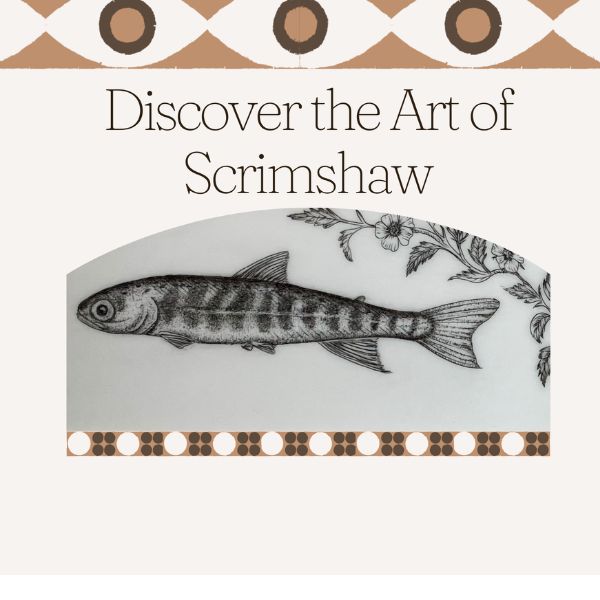Calendar of Events

Discover the Art of Scrimshaw
–
On Monday, January 12, at 5:30 PM at Kachemak Bay Campus, join Conrad Field for a workshop where you will create your own mounted artwork. This class meets on Mondays and Wednesdays, from 5:30 to 7:30 PM. For more information, visit our Community Education Portal or call (907) 235-1674.
